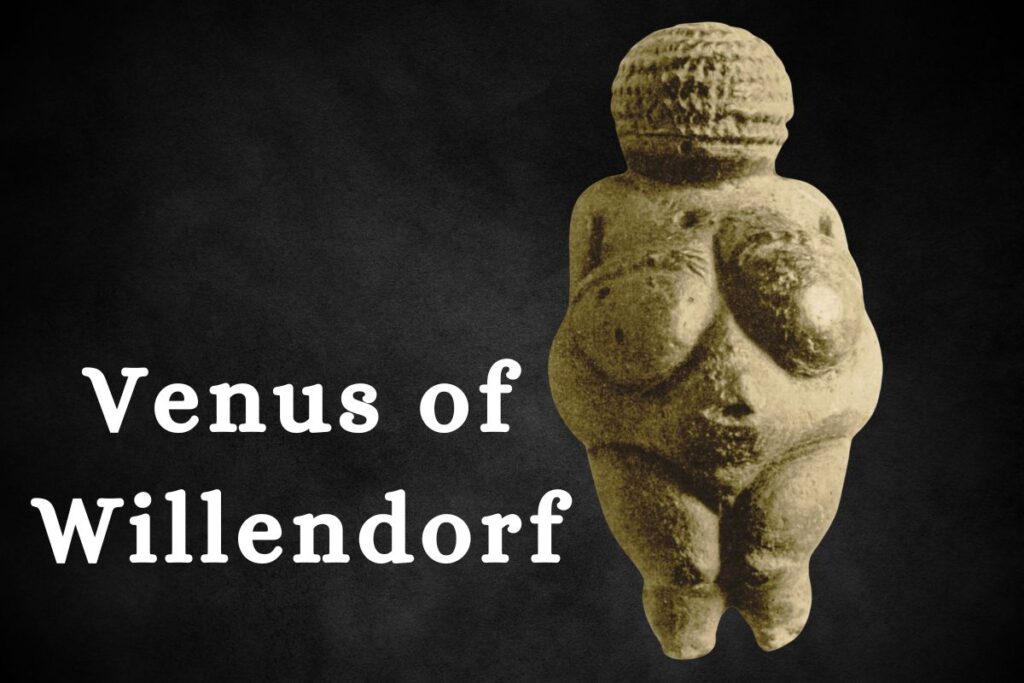Latest Blogs
28 November 2023
Introduction
Welcome to the world of the Venus of Willendorf, a captivating prehistoric artifact that has puzzled archaeologists and art enthusiasts alike. In this article, we will embark on a journey...
28 November 2023
Introduction
Mohenjo-Daro, an ancient city of the Indus Valley Civilization, stands as a testament to human civilization’s achievements. However, its mysterious demise has puzzled historians and...
22 November 2023
Introduction:
Welcome to the captivating realm of the Olmec Civilization, often hailed as the “Mother Culture” of Mesoamerica. This ancient society, with its colossal stone heads and intricate...
22 November 2023
Introduction
Welcome to the mesmerizing world of Mesopotamian art, a testament to the rich cultural heritage of one of the earliest civilizations in human history. In this extensive exploration, we will...
No posts found



